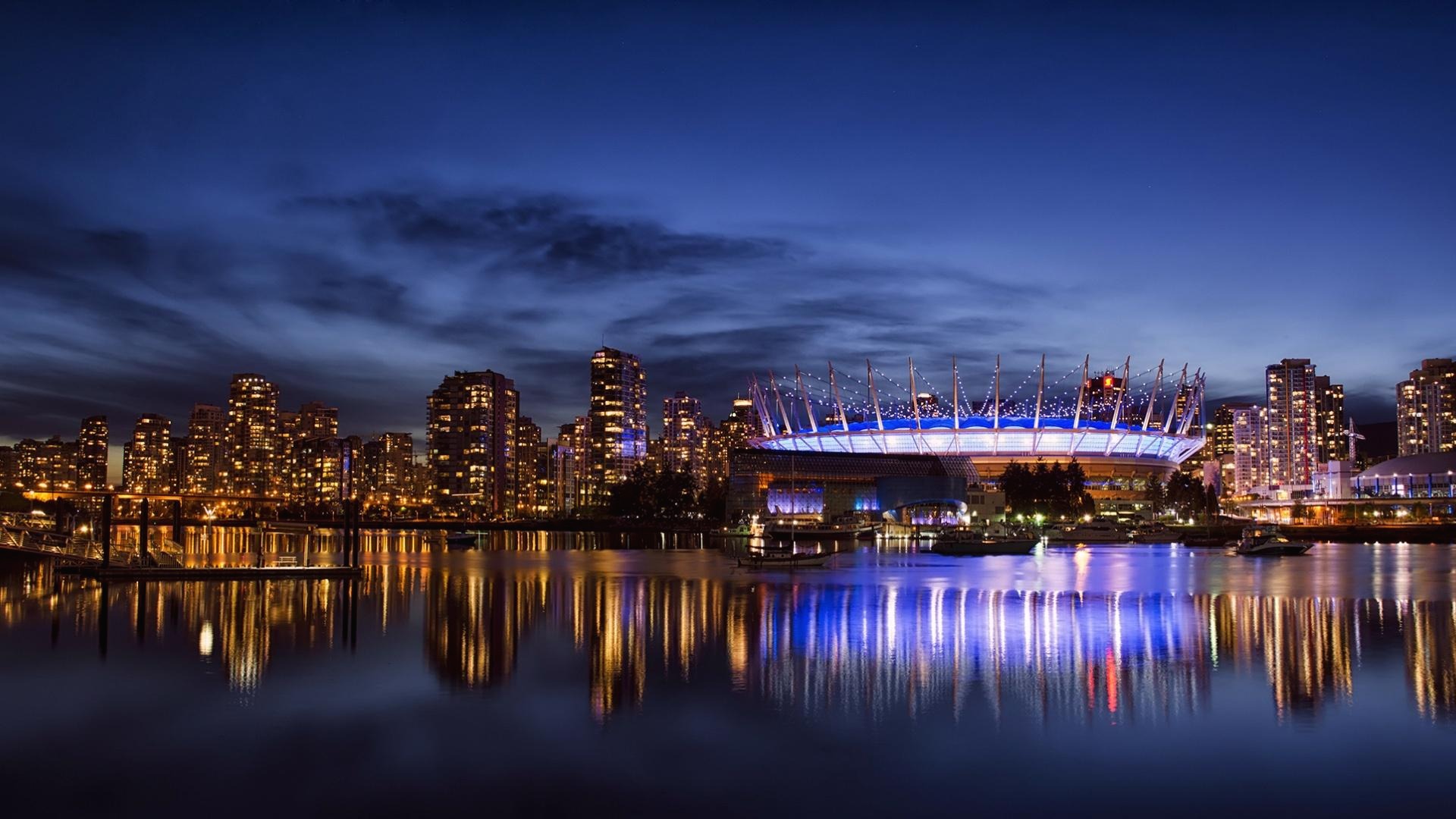HYDGEN & Energy Research Institute @ NTU Partner to Advance Onsite H2 Production for Industrial Decarbonization
Driving Industrial Decarbonization with Onsite, High-Purity Green Hydrogen
SINGAPORE, SINGAPORE, SINGAPORE, May 19, 2025 /EINPresswire.com/ -- HYDGEN, a Singapore & Indian-based leader in hydrogen electrolyzer technology, has announced a new research collaboration with the Energy Research Institute at Nanyang Technological University, Singapore (ERI@N). The partnership aims to develop high-purity onsite hydrogen production using Anion Exchange Membrane (AEM) electrolyzers, focusing on decarbonizing industry initiatives such as in semiconductor production and other industrial applications.
The project will leverage HYDGEN’s cutting-edge AEM electrolyzer technology and ERI@N’s expertise in product & system development to demonstrate a Proof-of-concept, first-of-its-kind project in Singapore to create an electrolyzer-based system capable of producing ultra-pure 5N-grade hydrogen (99.999%) via a decentralized approach. This high-purity hydrogen is essential for semiconductor manufacturing processes, including annealing, etching, carrier gas applications, and plasma cleaning, where high purity hydrogen is critical.
On-site on-demand hydrogen production is expected to revolutionize hydrogen technology by eliminating the need for hydrogen transportation and large-scale storage. This innovative approach ensures consistent delivery of high-purity hydrogen, enhancing efficiency, smaller safe handling infrastructure requirements and thereby reducing costs. It paves the way for cleaner hydrogen solutions, supporting industries and applications that require sustainable and reliable hydrogen supply when integrated with onsite renewables. It is also expected to contribute significant carbon footprints in contrast to conventional production methods such as steam methane reforming (SMR) processes and its logistics.
By integrating advanced AEM electrolyzer technology with purification systems such as Pressure Swing Adsorption (PSA), the project aims to:
● Enable significant emissions reductions by replacing carbon-intensive hydrogen supplies with zero-emission green hydrogen produced onsite.
● Deliver cost savings through the long-term benefits of declining renewable energy prices, improved electrolyzer efficiencies and safe-handling infrastructure requirements.
● Strengthen sustainability leadership in the semiconductor industry by aligning with global net-zero goals and attracting sustainability-focused investors and customers.
● Explore forward integration into electricity storage and production, offering a hydrogen-based green power source for carbon neutral mobility, data centers, micro-grids, construction sites etc.
Innovation at the Core of the Collaboration
HYDGEN will lead the development of the AEM electrolyzer, refining its technology to meet the stringent purity requirements of the semiconductor industry. HYDGEN will adapt its AEM electrolyzer technology to integrate with PSA purification, delivering 5N-grade hydrogen for industrial applications.
Researchers at ERI@N will facilitate to improve product resiliency, develop systemic needs & validate process value chain via its ‘Mobile Hydrogen Test-Bed Platform’, ensuring the electrolyzer meets operational and safety needs while achieving optimal systemic-efficiency.
A Milestone for Singapore’s Green Hydrogen Ecosystem
This collaboration represents a significant step in Singapore’s journey toward becoming a global hydrogen innovation hub. By fostering deep-tech energy innovation, HYDGEN and ERI@N intend to advance the nation’s energy transition agendas and supporting industries in achieving their sustainability goals.
“Clean hydrogen is a game-changer for industrial decarbonization, and our partnership with ERI@N will accelerate the development of scalable, high-purity hydrogen solutions tailored for industry needs,” said Dr. Goutam Dalapati, co-founder & Chief Technology Officer at HYDGEN.
“This project underscores our commitment in driving the hydrogen economy forward by fostering innovation and derisking such solutions towards adoption. Our collaboration with HYDGEN exemplifies NTU’s commitment to advancing sustainable energy solutions through innovation and strategic partnerships. We aim to develop scalable, high-purity hydrogen solutions that address the pressing needs of industries like semiconductor manufacturing.” said Professor Madhavi Srinivasan, Executive Director, ERI@N.
The research project is expected to yield valuable insights for the broader adoption of green hydrogen across various industrial applications, paving the way for future commercial deployments.
About HYDGEN
HYDGEN is a leading developer of anion exchange membrane (AEM) electrolyzers, designed to enable affordable, decentralized green hydrogen production. Their advanced systems offer unmatched efficiency and operational flexibility, a compact footprint, and reduced supply chain risk by avoiding the use of rare earth metals. By eliminating reliance on centralized supply chains, HYDGEN’s technology makes clean hydrogen accessible and scalable for industries of all sizes.
For more information, visit www.hyd-gen.com.
Nathalie Couët
HYDGEN & Energy Research Institute @ NTU Partner to Advance Onsite H2 Production for Industrial Decarbonization
HYDGEN-ERI@N Signature ERI@N and HYDGEN Driving Industrial Decarbonization with Onsite, High-Purity Green Hydrogen Clean hydrogen is a game-changer for industrial decarbonization, and our partnership with ERI@N will accelerate the development of scalable,
fox4kc.com



